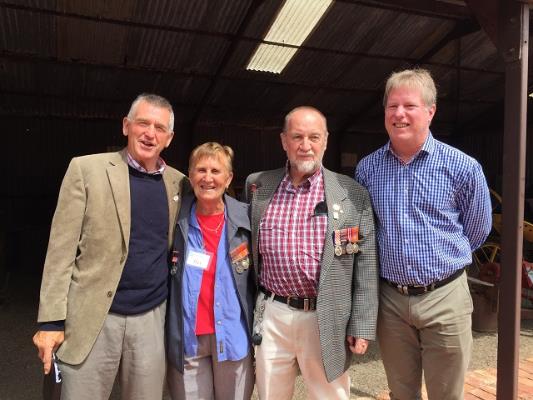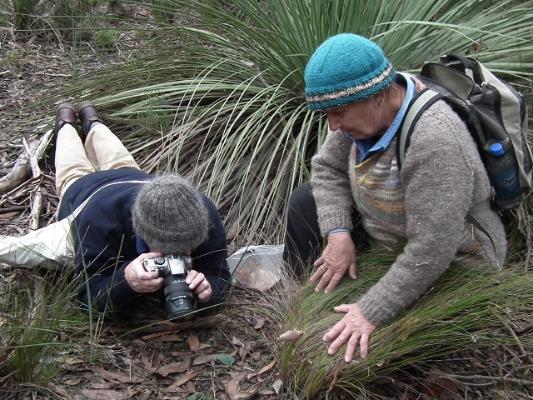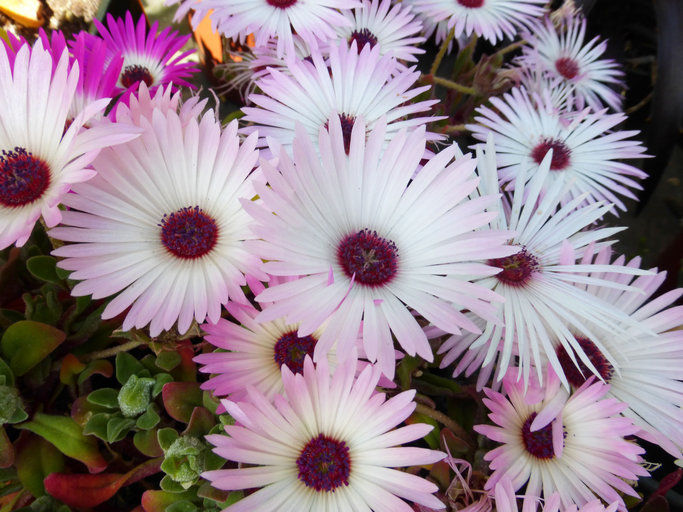
Richard Tretheway (NRM Board President), Bev and Dean Overton, Damian Miley (DEWNR) (Photo: KI NRM)
What do an adventure tourism operator, a boutique winery and long-time Kangaroo Island residents Bev and Dean Overton have in common? They have all been recognised Kangaroo Island high achievers, for their outstanding efforts in conserving and raising awareness of KI’s natural environment at the Local Achievers Natural Resource Management Board Awards ceremony held on Australia Day.
The award categories included a special Lifetime NRM Achievement Award, which acknowledged Bev and Dean’s contribution to environmental projects in the KI community for more than 35 years. In particular, they have been recognised because they were:
 instrumental in improving the condition of, and knowledge about the Island’s native vegetation for over 35 years
instrumental in improving the condition of, and knowledge about the Island’s native vegetation for over 35 years- members of the KI Animal and Plant Control Committee, the Bridal Creeper Control Committee and the KI NRM Board’s Biosecurity Advisory Group
- They are founder members of the Friends of Cape Gantheaume Group and the KI Fauna and Flora Club
- Undertaken research and published reports
- Published two editions of Discover Kangaroo Island’s Native Plants
- Continue to research the distribution and density of weed species and of South Australian Orchids
- Mentored younger scientisits, local students and the community.

Bev and Dean Overton in their natural habitat (Photo: KI NRM)
In addition, Bev and Dean have been indefatigable contributors to the State Herbarium of South Australia, collecting plant specimens from the island for more than 30 years. They are listed as main or associate collectors on over 4000 herbarium specimens. Bev’s first specimen lodged at AD was collected at Kingscote in Nov. 1983. Both are also long-time friends of many staff and Hon. Associates of the State Herbarium. They have helped with fieldwork on Kangaroo Island, assisted and collaborated in many projects.
Thank you!

 The State Herbarium of South Australia wishes all its friends, volunteers, Hon. Associates and Affiliates a happy Christmas break and all the best for the New Year.
The State Herbarium of South Australia wishes all its friends, volunteers, Hon. Associates and Affiliates a happy Christmas break and all the best for the New Year.




You must be logged in to post a comment.